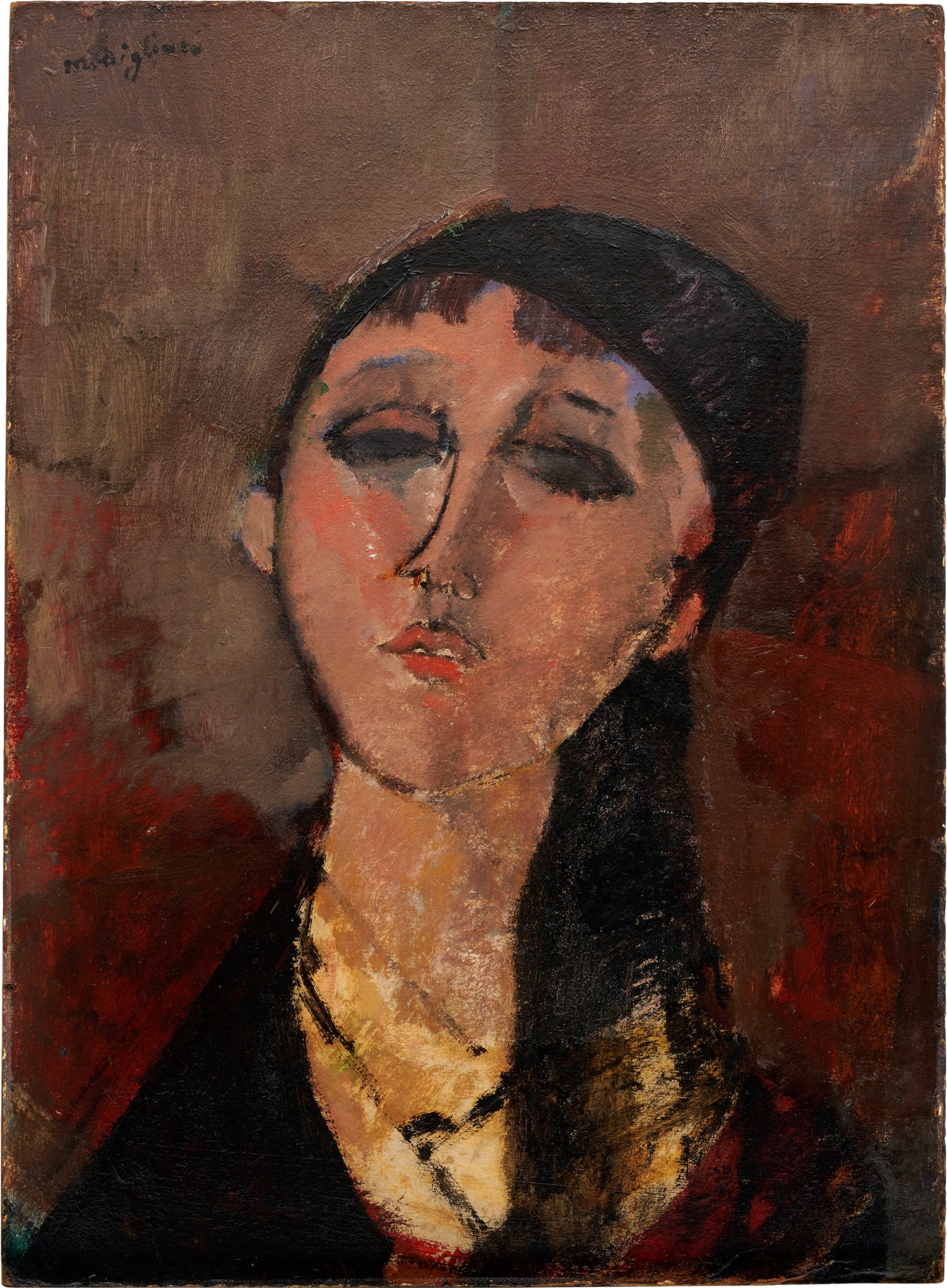

LIVING THE AVANT-GARDE: THE TRITON COLLECTION FOUNDATION
2
Amedeo Modigliani
Tête de jeune fille (Louise)
signed "Modigliani" upper left
oil on board
20 x 14 5/8 in. (50.9 x 37.2 cm)
Painted in 1915.
We thank Marc Restellini for his assistance in researching this work.
This work has been requested for inclusion in the artist’s forthcoming exhibition Modigliani: Modern Gazes organized by the Museum Barberini, Postdam, to be held from April 27–August 18, 2024.
We thank Marc Restellini for his assistance in researching this work.
This work has been requested for inclusion in the artist’s forthcoming exhibition Modigliani: Modern Gazes organized by the Museum Barberini, Postdam, to be held from April 27–August 18, 2024.